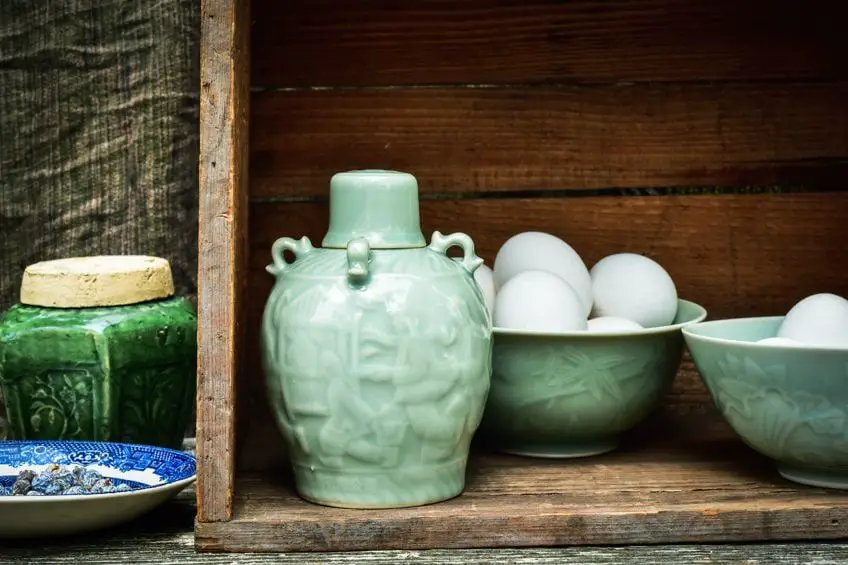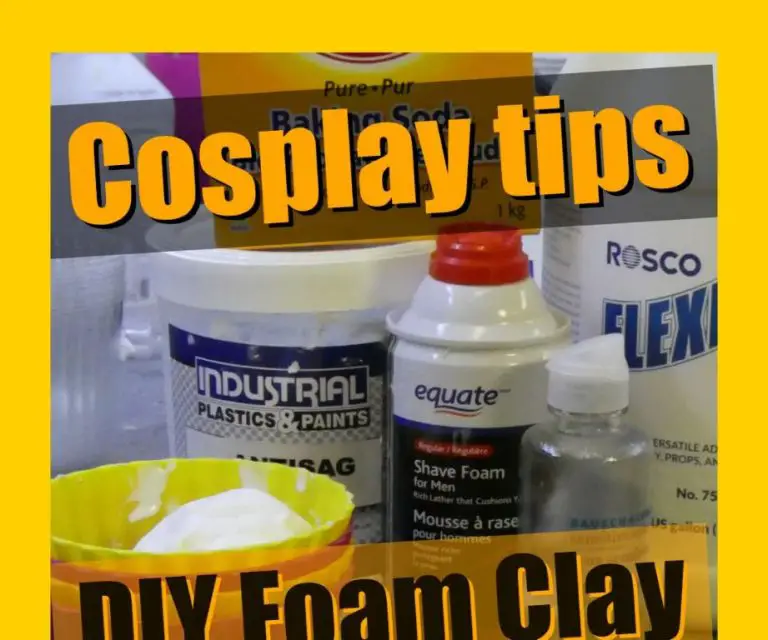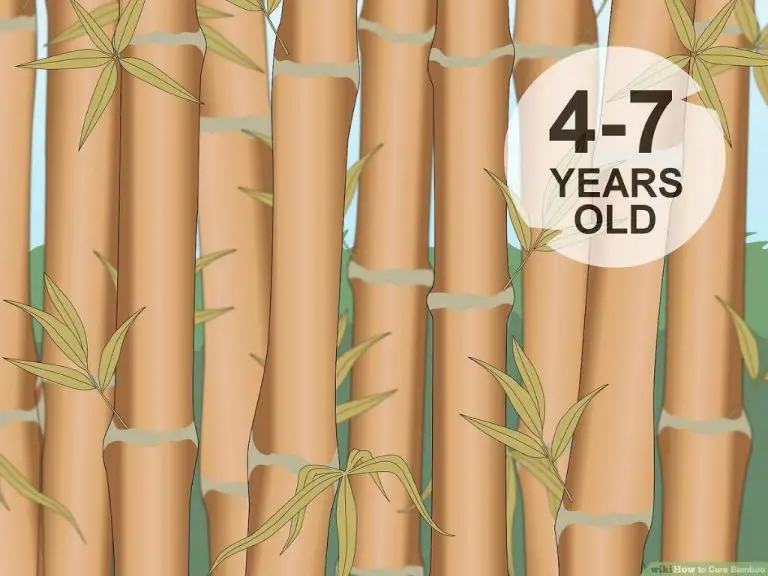What Are Common Pottery Glazes?
A glaze is a coating applied to pottery to create a glassy, non-porous surface. Glazes serve both functional and decorative purposes – they make pottery impermeable to liquids and durable for use, while also adding color, shine, and texture.
There are many types of pottery glazes, with the most common categories being clear glazes, celadon glazes, raku glazes, crystalline glazes, matte glazes, glossy glazes, color glazes, and textured glazes. Glazes are typically classified based on their main ingredients, firing method, temperature range, and visual effects.
When selecting a glaze, it’s important to match the glaze and clay body in terms of firing temperature range. Glazes also differ in how they melt and flow during firing. Some key factors to consider are glaze chemistry, colorants, opacifiers, and special effects particles.
Clear Glazes
Clear glazes are a popular type of pottery glaze known for their transparent or translucent appearance. They allow the natural color and texture of the clay body to show through while providing a smooth, glossy surface. Some common clear glazes include:
Clear Base Glaze – This versatile glaze can be used on its own for a brilliant gloss, or mixed with stains and oxides to produce colored transparent glazes. It’s made from silica, feldspar, kaolin, and other ingredients fired between cone 6 and 10.
Celadon – Named after ancient Chinese celadon wares, this transparent pale green glaze contains ingredients like feldspar, silica, dolomite, and small amounts of iron oxide. It’s typically fired between cones 9-11 (Amazon).
Alberta Slip – A mid-range glaze composed of clay, feldspar, silica and other materials fired between cones 4-7. It has a satiny surface and can be colored easily.
Clear glazes allow potters to showcase the form and texture of the clay body. They are often used on porcelain and stoneware pieces. Care must be taken with some clear glazes as they can contain potentially hazardous ingredients like lead, depending on the formulation.
Celadon Glazes
Celadon glazes refer to a broad category of glazes that result in a distinctive pale green color. The name comes from the Chinese jade-like ceramic known as Celadon that was produced during the Song dynasty. Celadon glazes are known for their subtlety, elegance and ability to enhance the form of ceramic pieces.1

Typical ingredients in Celadon glazes include feldspar, silica, kaolin, and small amounts of iron oxide or copper carbonate to produce the pale green colors. By controlling the thickness of the glaze, firing temperatures and atmosphere, potters can achieve a range of sea green, gray green, bluish green, and olive green tones. Famous examples include Longquan Celadon from China and Oribe Celadon from Japan.
When applied thinly, Celadon glazes allow subtle decoration from the clay body to show through the translucent color. They are often used on porcelain or stoneware clays. The glazes accentuate form and surface textures. Modern Celadon glazes from companies like Amaco provide consistent results and a palette of Celadon colors from cool to warm.2 Their timeless, organic aesthetics continue to influence ceramic artists across the world.
Raku Glazes
Raku glazes are a type of pottery glaze used in raku firing, which is a Japanese technique that involves removing pottery from the kiln while still glowing hot. According to Steven Forbes-deSoule, raku glazes often feature bold colors and crackle effects from the rapid cooling process. The cracking comes from applying the glaze thicker than usual.
Some common raku glazes include metallic lusters like copper, crackled clear glazes, and matte glazes in earth tones. Raku glazes are specially formulated to withstand quick heating and cooling cycles. Many raku glazes contain alumina and calcium carbonate to help induce cracking. The rapid cooling process causes the glaze to contract and crack apart. Popular colors include metallic coppers and bronzes as well as turquoises.
During the raku firing process, pots are removed from the kiln at around 1600°F while still glowing hot. They are often placed in containers with combustible materials like sawdust or paper which creates areas of reduction. This reduction process brings out unique crackled effects and smoky areas in the glaze. Raku glazes require specialized firing but produce one-of-a-kind results.
Crystalline Glazes
Crystalline glazes are known for their beautiful crystallization effects. These glazes contain high levels of zinc and silicon, which as the glaze cools, form crystalline structures. The crystals have a faceted appearance and can range in size from small specks to large branching formations. The glaze has a cracking effect that reveals the crystallization.
Typical chemicals used in crystalline glazes include silica, zinc oxide, aluminum oxide, kaolin, and bentonite. The high zinc content is key to crystalline glaze formation. Ratios of silica to zinc oxide are adjusted to control crystallization. More silica results in larger, well-formed crystals. The other ingredients help build the glass matrix and provide stability to the glaze.
When fired, these glazes go through specific temperature phases to promote crystal growth. The glaze first vitrifies into a glass-like layer. As the kiln cools, the glaze passes through the crystallization temperature range, allowing crystals to nucleate and grow. The glaze needs to cool slowly at this stage. Fast cooling will inhibit large crystal formation. The crystalline effects emerge through the cracks and voids left behind in the glaze surface.
Crystalline glazes are challenging to master but yield stunning results. The crystallization process is sensitive to small shifts in the glaze recipe and firing cycle. With careful control of ingredients and cooling, potters can achieve beautiful crystalline effects in their pottery.
Matte Glazes
Matte glazes are glazes with a soft texture and dull, non-glossy surface. They have a smooth, velvety appearance on finished pottery. This matte effect is created using ingredients like feldspar, whiting, dolomite, silica, and clay in the glaze recipe. According to the article at Matte Pottery Glazes For Beginners, commonly used matte glaze recipes include Oatmeal, Tom’s Matte Blue/Green, Spearmint Matte, and Shadow Matte. These glazes often contain materials like oatmeal, epsom salts, zinc oxide, copper carbonate, and tin oxide which influence the matte quality. Firing temperature also affects the matte effect, with lower temperatures like cone 06-04 typically producing better matte finishes. A soft, velvety matte surface can add visual interest and contrast to ceramic pieces with glossy areas. Matte glazes are popular among potters and ceramic artists looking to create unique finishes and textures.
Glossy Glazes
Glossy glazes are known for their shiny, glass-like appearance and smooth texture. They are created by using glaze materials that melt and flow smoothly at high temperatures to produce an even, glossy surface. Some key ingredients in glossy glazes include feldspar, kaolin, and quartz, which provide glass-forming compounds like silica and alumina. According to archaeology research, glossy glazes first appeared during the Roman Empire era when potters had access to glass-forming compounds like limestone.
To achieve a high gloss effect, the glaze must be very fluid when fired so it can spread evenly across the ceramic surface. A glossy glaze is typically fired between 2200-2300°F. The glaze melts completely and flows together to create a smooth, glassy finish. Adding flux materials like soda or lead oxide will further enhance melt fluidity. The glaze thickness and firing temperature must be carefully controlled to prevent pinholes or crawling effects which reduce gloss.
Glossy glazes are popular for their reflective surface which enhances the color vibrancy. Many ceramic artists layer colored glazes over a base glossy glaze. The sheen of the glossy glaze helps light reflect off the surface to bring out the depth and richness of any colors layered on top. Glossy glazes in neutral hues like clear, white, or black are commonly used as canvas glazes with decorative glazes painted over them.
Color Glazes
Color glazes are very popular types of pottery glazes. The color is created by adding metal oxides as colorants to a clear base glaze. Common color glazes include:
Cobalt Blue – Made by adding cobalt oxide which produces a rich, deep blue color. Cobalt is expensive so this glaze is often used sparingly.
Copper Red – Created by adding copper oxide or copper carbonate. The glaze fires to a warm terra cotta red color. Too much copper can create green or brown tones.
Manganese Purple – Manganese dioxide added to the glaze recipe produces a range of purple tones from lavender to deep aubergine. Fires in both oxidation and reduction.
Iron Red – Iron oxide creates brick red colors but excess iron can also cause greenish or brown colors. Works best in reduction firing.
Chrome Green – Chromium oxide produces a bright apple green color though it can be toxic in excess amounts so precautions are needed.
To produce other glaze colors, combinations of colorants can be used such as red iron oxide plus cobalt oxide for warm browns and greens. The colorants react with the glaze ingredients during firing to create the final glaze color.
Source: https://www.soulceramics.com/collections/coyote-clay-color-pottery-glazes
Textured Glazes
Textured glazes are designed to create interesting visual and tactile surfaces on finished pottery. The textures can range from crystalline structures, pebbly textures, to dramatic cracked effects. Some of the most popular textured glaze techniques include:
Slip Trailing – This involves trailing liquid clay (slip) onto bisqueware pottery before glazing. The slip resists the glaze, creating raised texture lines and patterns when fired. Modern slip recipes allow for diverse colors and effects.
Crystalline Glazes – These glazes contain zinc, fluorine, and other ingredients that encourage crystalline growth when fired. The crystals emerge along the edges and cracks of the glaze surface, often with striking branching patterns. Crystalline glazes can come in an array of base colors.
Pebbly Glazes – Pebbly glazes use materials like zirconium silicate to create a bumpy, irregular glaze texture. Adding other materials like rutile can introduce speckles or patchy effects. Firing schedule also impacts the final pebbly texture.
Experimenting with layered glazes, special ingredients, and firing methods allows potters to achieve innovative textured effects. The textures add visual richness and an appealing tactile dimension to finished ceramic works.
Conclusion
In summary, there are many different types of common pottery glazes that each have their own unique characteristics and uses. Clear glazes are transparent and showcase the natural color of the clay body. Celadon glazes have an olive green color from iron oxide. Raku glazes crackle when fired, creating organic patterns. Crystalline glazes form crystal-like textures. Matte glazes have a non-reflective, velvety look. Glossy glazes are shiny and reflective. Color glazes come in a wide range of hues like blue, yellow, red and more. Textured glazes incorporate materials like sand or grog to add interest. When selecting a glaze, potters consider factors like the clay body, firing temperature, and desired aesthetics. With an understanding of the different glaze types available, both novice and expert potters can choose the ideal glaze to complement their works.


